Of all the exquisite gowns from the Edwardian era, I think that none were so elegant and understated as a fitted walking skirt which trailed behind the wearer in a slight train when she walked. Anne Shirley and Diana Barry looked so graceful in their flowing skirts from Anne of Avonlea, and Diana Barry’s “going away” dress (which I have been excitedly recreating) is certainly no exception!
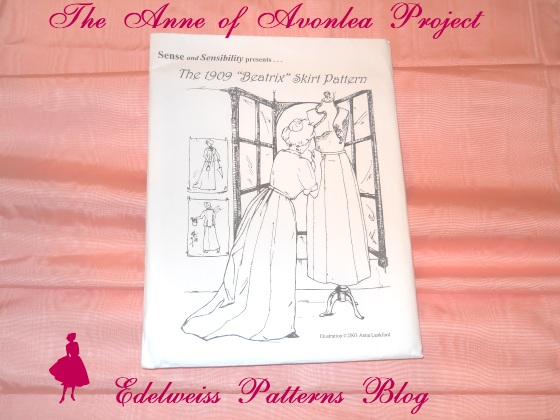
While I had nearly finished the bodice for Diana Barry’s lovely going away ensemble, the skirt remained to be sewn in what I was hoping would be a very easy task. And I was not disappointed!
Initially my observations of Diana’s skirt led me to believe that I would have to draft it entirely from scratch since it didn’t have too many visible seams or skirt gores. Perhaps it’s just the fact that her dress is shown for such a short scene, but somehow it didn’t look like the skirt had many gores in it. But then I thought, “Who is really going to mind if I use an easy published pattern since no one can see the seams on the film costume anyhow?” So I proceeded to sew the skirt using the terrific nine-gore “Beatrix Skirt Pattern” from Sense & Sensibility Patterns. Please note that these pictures do not show the final “v” belt which will be worn over the skirt’s waistband. But it will look just like the movie costume once it is all worn as one outfit!
I don’t know when I’ve had an easier pattern to work with – the skirt came together in a few hours, plus a couple hours of hemming by hand. While this pattern was based on an original 1909 design and the Anne of Avonlea movie suggests that it takes place in 1902 (thanks to a poster in a “Kingsport” scene), I think it works just perfectly for Anne Shirley reproductions!
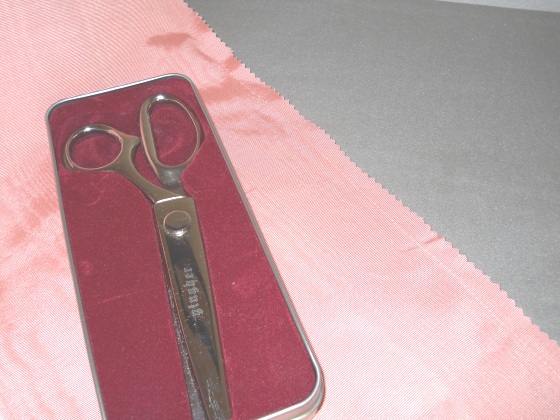
And speaking of seams, I am so glad I learned how to press seams properly many years ago! You would not believe what a huge difference it makes in “before” and “after” pictures. And since this skirt has nine gores (and therefore lots of prominent seams!) it is crucial that the seams lay flat, are well pressed, and are as unnoticeable as possible. You can see below how the seams looked before and after pressing, and if you have never learned the “five-step pressing method”, I would highly recommend that you read the tutorial I wrote here.

I absolutely love the way this skirt fits! I have rarely found a skirt pattern that is so flattering and has such a perfect blend of fit and ease. It is almost snug in the waist area, then flares into the most becoming a-line silhouette.
In the back I slightly altered the pleats to resemble the original movie costume. You can really adjust the fullness in back in any way you want, or you can even cut the skirt out so that it’s flat in the back without any pleating. But personally I think it is very elegant to include the pleats which drape into elegant folds towards the lower part of the skirt.
The only change I made to the pattern was adding a waistband. By simply taking your waist measurement and adding a couple inches for seam allowances and ease, then determining how tall you want the band to be (times two plus 1 1/4″ for seams) you can instantly draft the pattern piece and cut out a rectangular piece according to these dimensions. I like to interface only one half of the long side of the waistband so that it has a natural fold line for the perfect crease down the center.
When I took these photographs on the mannequin, I hadn’t yet had time to hem it by hand, so I just folded the edges under in the pictures. But it looks much better since yesterday! I always do my hand hemming while I’m watching a film of some sort, and yesterday the selection of choice was the fabulous 2009 “Emma” by BBC. This four hour drama was the perfect amount of time for me to sew tiny, nearly invisible hand stitches around the lower edge of the skirt and attach the antique lace to the bodice. My mother and I (along with my future sister-in-law) had the most enjoyable afternoon watching this period Jane Austen film, and it certainly helped the hand sewing pass quicker!
You’ll notice that I did not put the Diana Barry bodice on the dress form for these pictures, since I want it to be more of a surprise for the final photo shoot. But I did pull out my Edwardian shirtwaist that I made last summer and tucked it into the skirt. I really think you could almost wear this as an outfit, even if you didn’t have the film bodice! That’s the thing I love so much about the Edwardian era, that unlike previous decades where each outfit was meant to stand alone, you could mix and match different blouses and skirts for an entire wardrobe of elegant outfits.
Well, I have rambled on for long enough and should go sew the belt to finish up this costume, but assuming I can have the photo shoot on the intended day, you can expect full costume pictures to be online next week!
Happy sewing,
Katrina

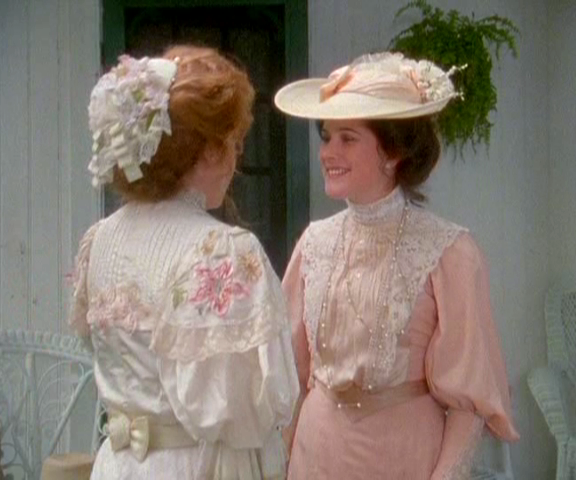
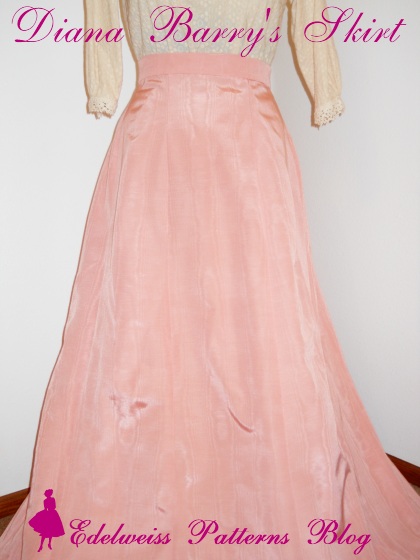
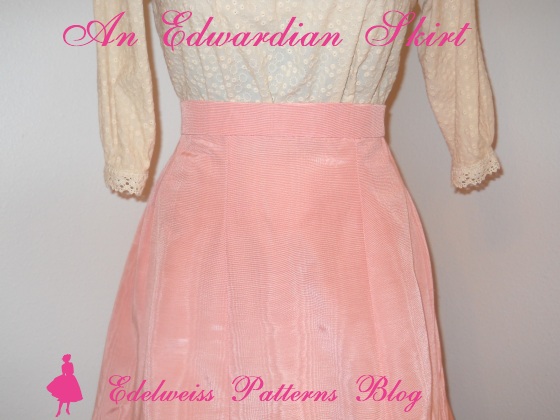
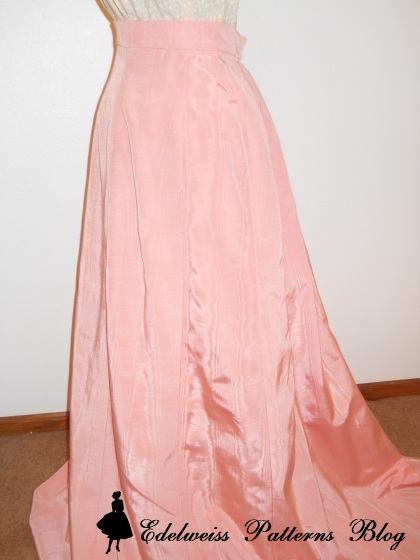
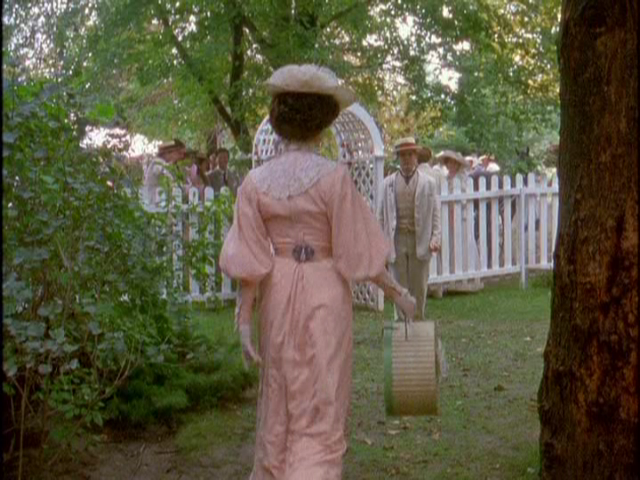
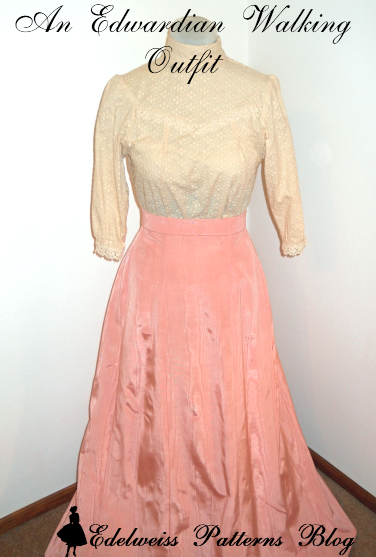
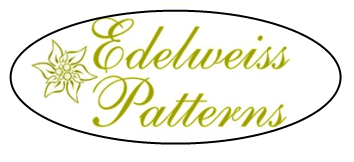

You are doing such a great job building anticipation for the finished dress – I simply cannot wait to see it. I confess I do not know much about Edwardian fashion, but it has been so much fun to learn from your posts.
Lovely, lovely! and yes, thank God for Gingher pinking shears=)
So very lovely! Looking forward to seeing the full costume!! I love your seam tutorial as well as all the sewing with excellence info. Thank you for sharing.
It looks amazing! I am so thrilled to see you tackling these beautiful Anne clothes. I just loved the costumes of this movie growing up. Just so romantic and lovely. And this is such a pretty color! I always liked Anne’s tailored ‘teacher clothes’ too, with the little vest and blouse. classy!
I have loved discovering your blog. I have my grandmother’s 1916 diary, written the year she turned 21. It’s 400 pages long, and she wrote every day. You might enjoy reading it at http://starwoodquilter.blogspot.com/2012/02/calico-spools-quilt-block.html
Looks lovely, Susan – thanks for sharing!